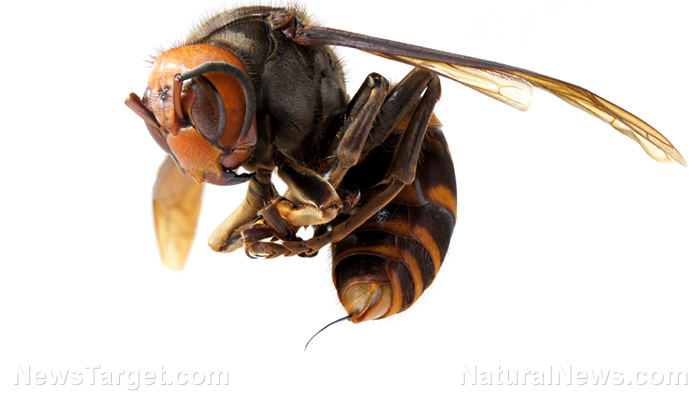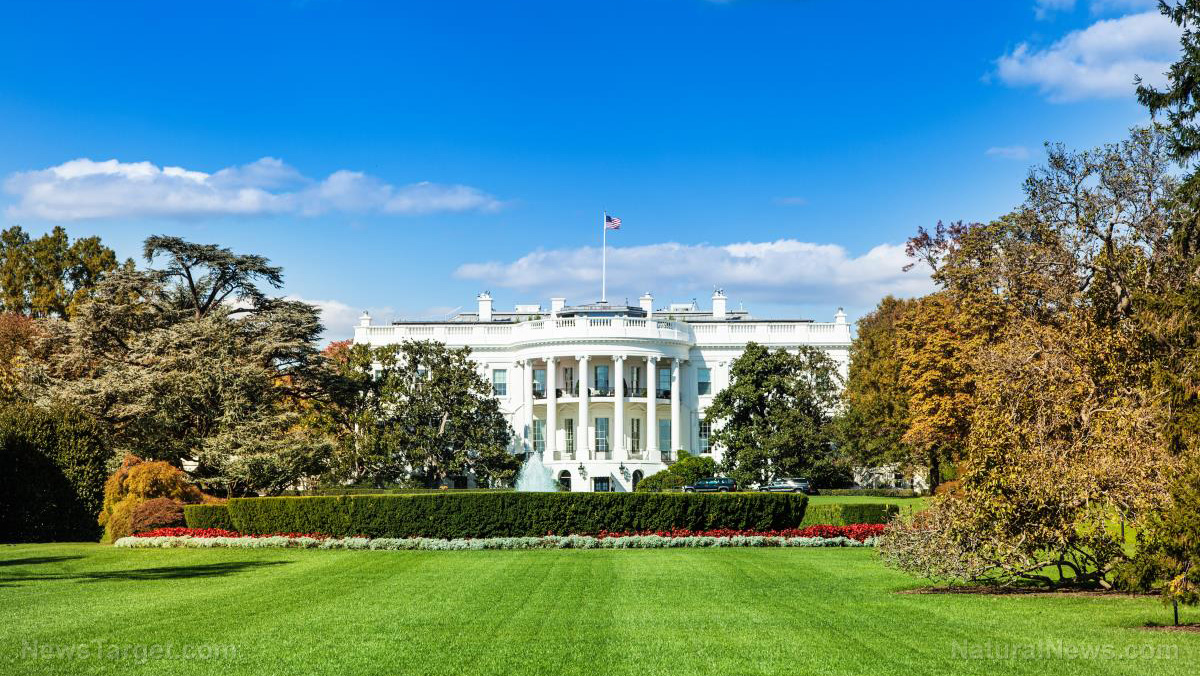
The other 85 hornets, all of which were still alive after the extraction process, were vacuumed into a container. WSDA experts have been on high alert since the hornet was first spotted in Washington in late 2019, as well as in the neighboring province of British Columbia in Canada.
“The eradication went very smoothly,” said WSDA managing entomologist Sven Spichiger. However, this isn't the end of their efforts.
“While this is certainly a morale boost, this is only the start of our work to hopefully prevent [murder hornets] from gaining a foothold in the Pacific Northwest.”
The WSDA shared a short clip on its Facebook page showing the hornets flapping their wings inside their tube-like container. Officials said the hornets will be utilized for research purposes to learn more about the invasive species' behavior. “Many have already been flash frozen and are being prepared for shipping to researchers out of state,” said WSDA spokesperson Karla Salp.
A startling discovery
The nest was first spotted on Oct. 22 just outside the town of Blaine. WSDA experts have been tracking down a hornet nest for months after the insect's first sighting in the state.
Experts discovered the nest after one of the three hornets caught earlier and tagged with a tracker before their release returned to the nest. Experts followed the hornet and watched as dozens of the buzzing insects entered and exited a tree.
The clearing operation began with WSDA crews donning thick protective suits and face shields. The stinger of murder hornets is long enough to pierce through the standard protective gear that beekeepers wear.
Crews then set up scaffolding to reach the opening of the nest, which was nestled inside the tree 10 feet above the ground. Spichiger said that they had to modify their original plan because the nest was inside the tree, not near the ground as they initially thought.
Crew members stuffed crevices above and below the nest entrance with foam to prevent the hornets from escaping and wrapped the tree with plastic wrap, leaving just a single opening for the vacuum hose. They proceeded to whack the tree with a wooden board to encourage the hornets to leave the nest.
When hornets stopped coming out, the crew pumped carbon dioxide into the tree to kill any remaining hornet. WSDA officials said they plan to cut down the tree and open the trunk in the coming weeks to see just how big the nest was and eliminate eggs or larvae within the trunk.
Threat to both humans and honeybees
While the operation was successful, entomologists believe there could be at least three more nests in the area. The queen could have left the hive before the operation and started new colonies elsewhere.
If left to multiply unhampered, murder hornets may pose a threat to both humans and honeybees. The stinger of this invasive wasp species carries more venom than honeybees. Unlike honeybees, murder hornets can also sting repeatedly and not die.
People stung by a murder hornet have described the experience as feeling like a hot nail driven into flesh. The venom-laced spray from the hornet's stinger can also cause serious problems if they get into the eyes.
But hornets pose the greatest threat to honeybees. True to their moniker, these insects can murder entire bee colonies. Just a group of 30–50 hornets can massacre 30,000–50,000 honeybees. Once finished, the hornets will move into the hive and feed on bee larvae and pupae.
These hornet attacks are partly to blame for declining bee populations. (Related: Two pesticides approved for agricultural use in the US can harm bees, warn researchers.)
While it is highly likely that there are still many murder hornet nests in the United States, Saturday's clearing operation suggests that it isn't too late for experts to eradicate this invasive and dangerous wasp species for good.
Read more articles about the environmental impact of murder hornets and other invasive insect species at Environ.news.
Sources include:
Please contact us for more information.























